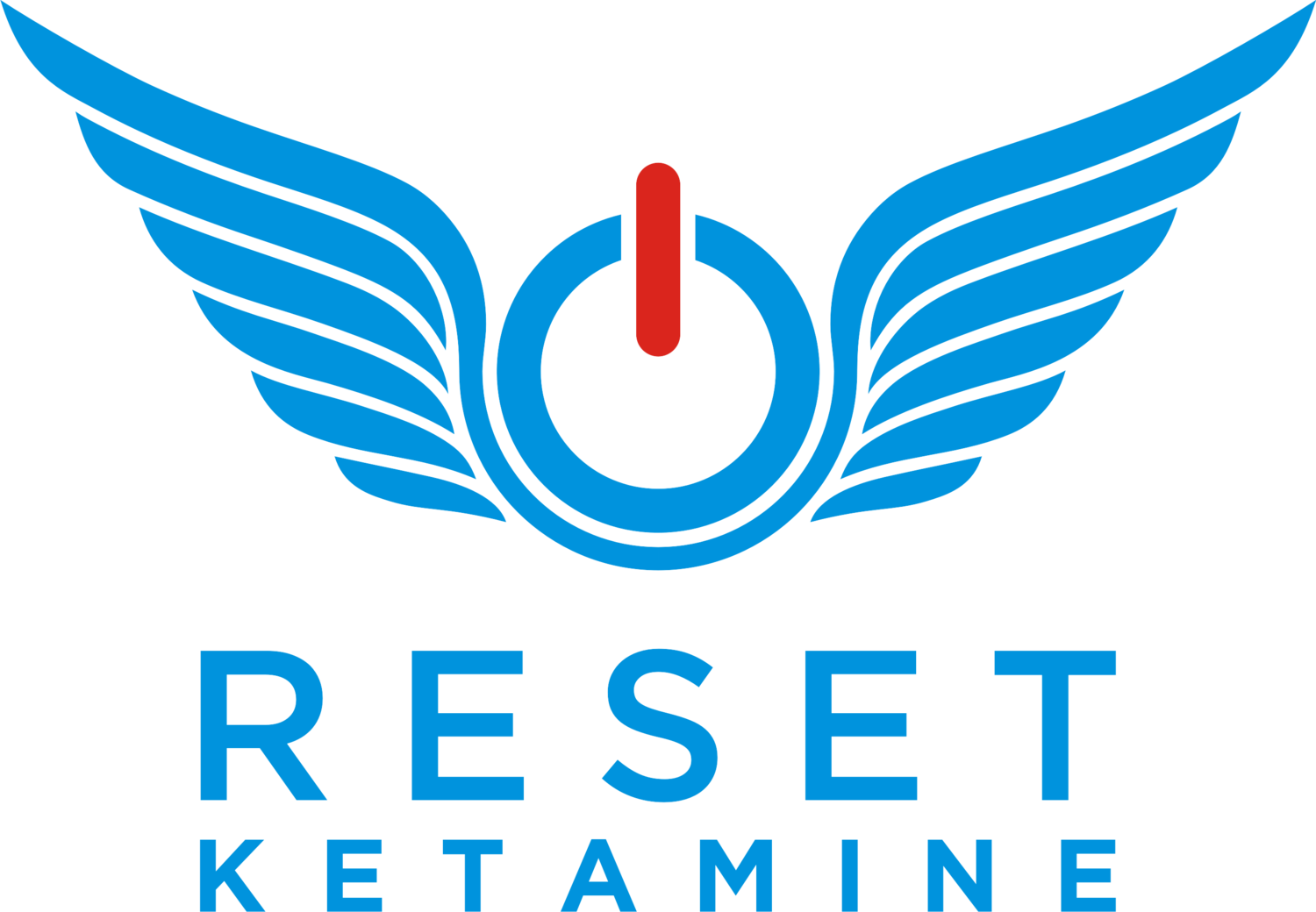Ketamine is alleviating symptoms of those suffering from Major Depressive Disorder (MDD). It works rapidly and effectively, especially compared to traditional treatment such as selective serotonin reuptake inhibitors (SSRIs).
So, how is ketamine making this happen? There is currently no definitive answer to “How Does Ketamine Exactly Work?”, and honestly we don’t believe there is only one single answer. We believe there are multiple mechanisms (scroll to the bottom to check out a couple videos where Dr. Ko explain the less “scientific” mechanisms, such as the spiritual mechanism)




